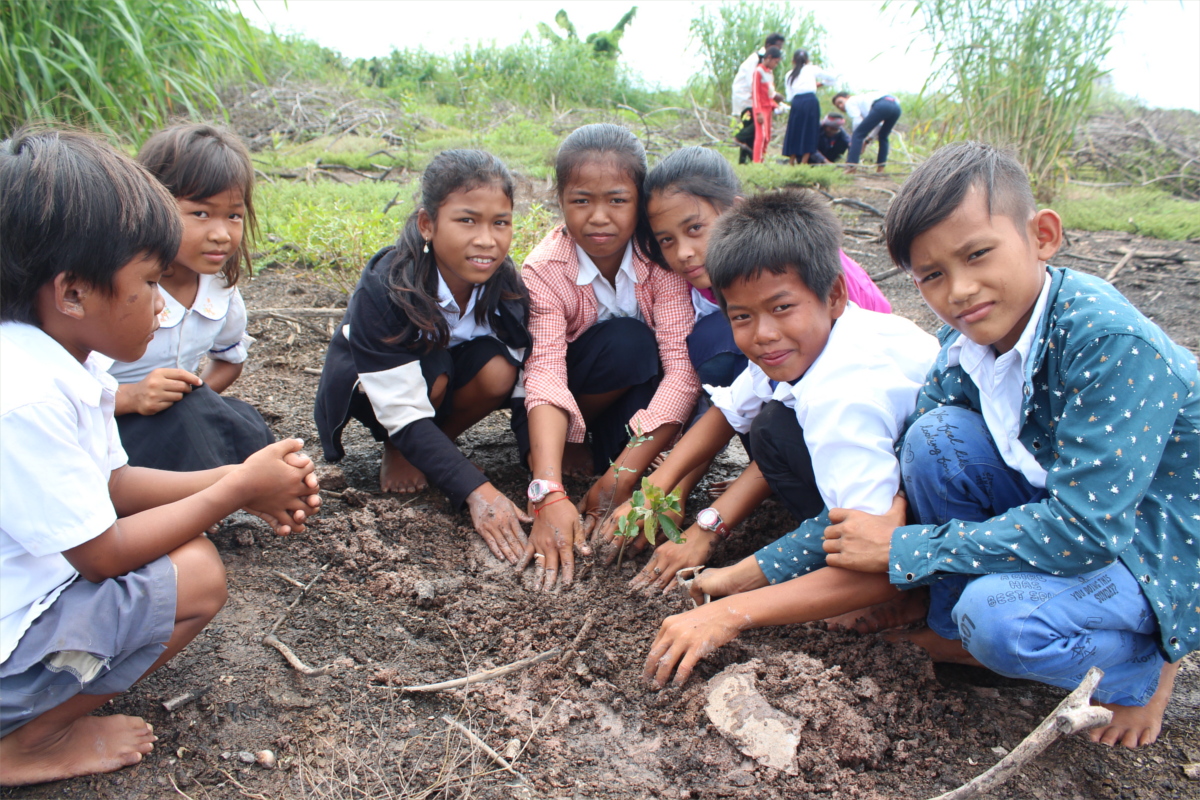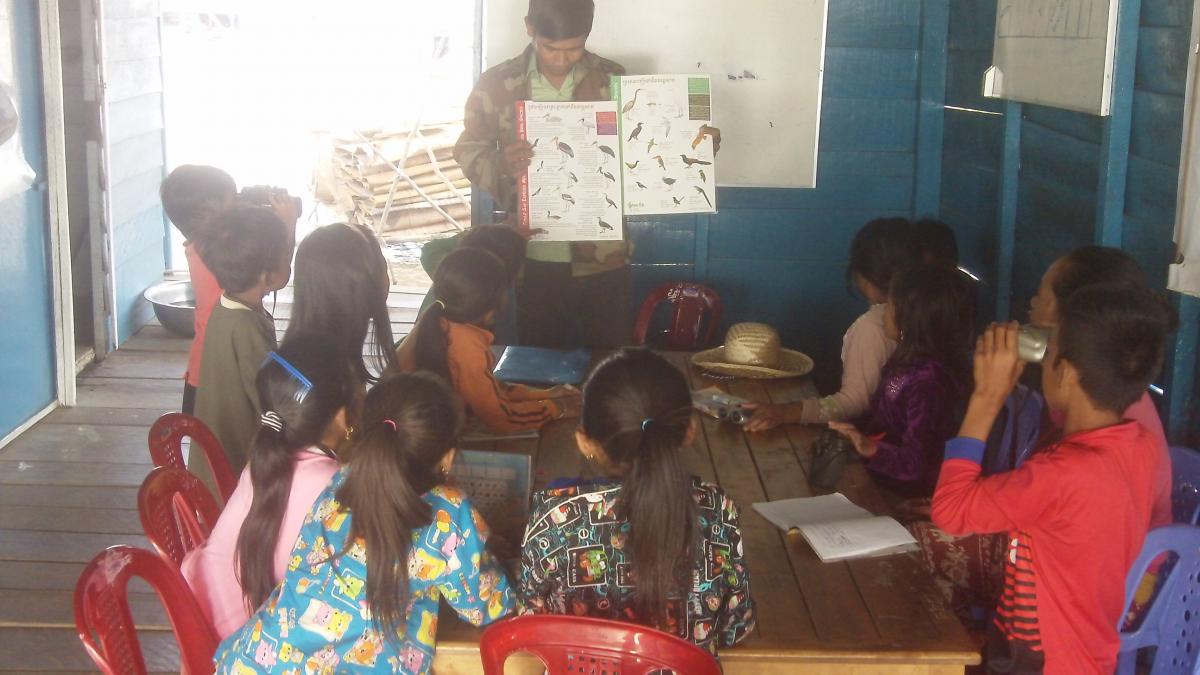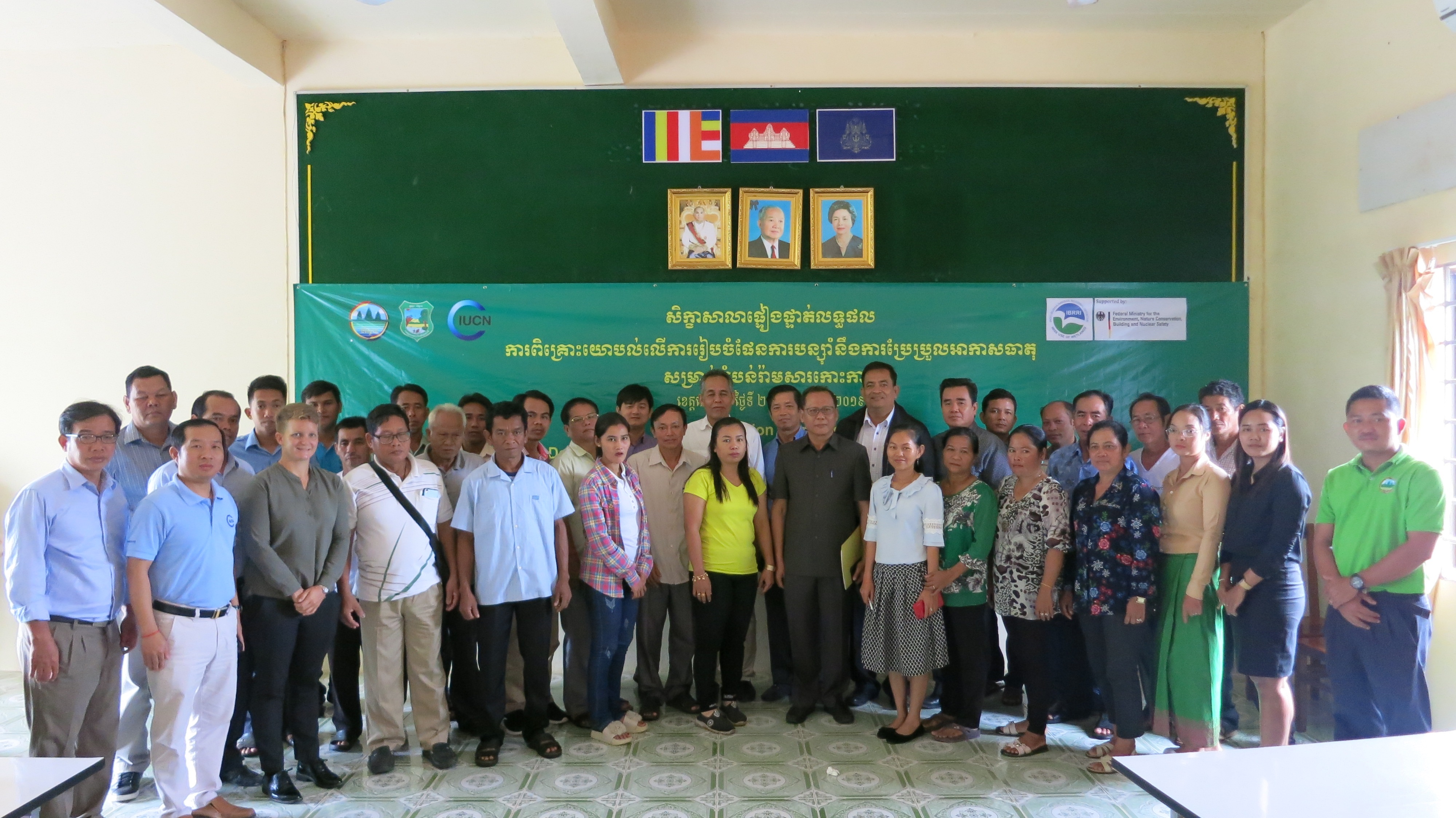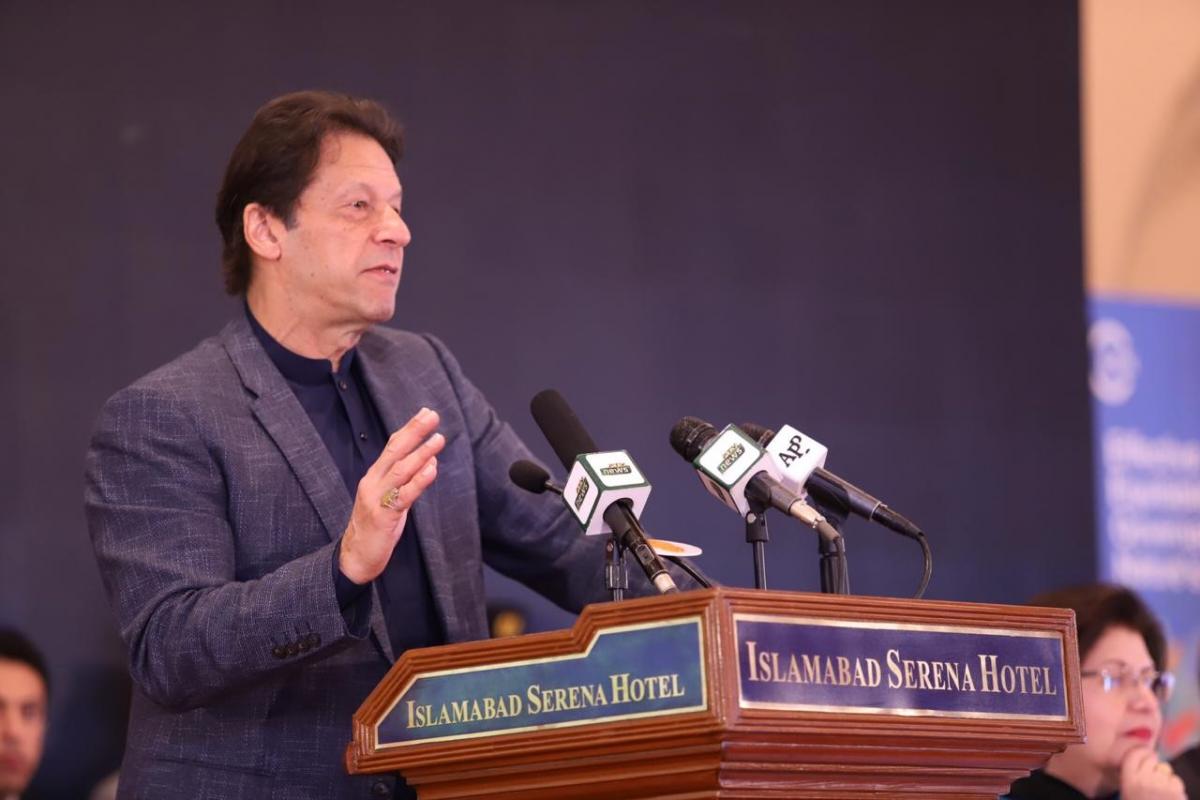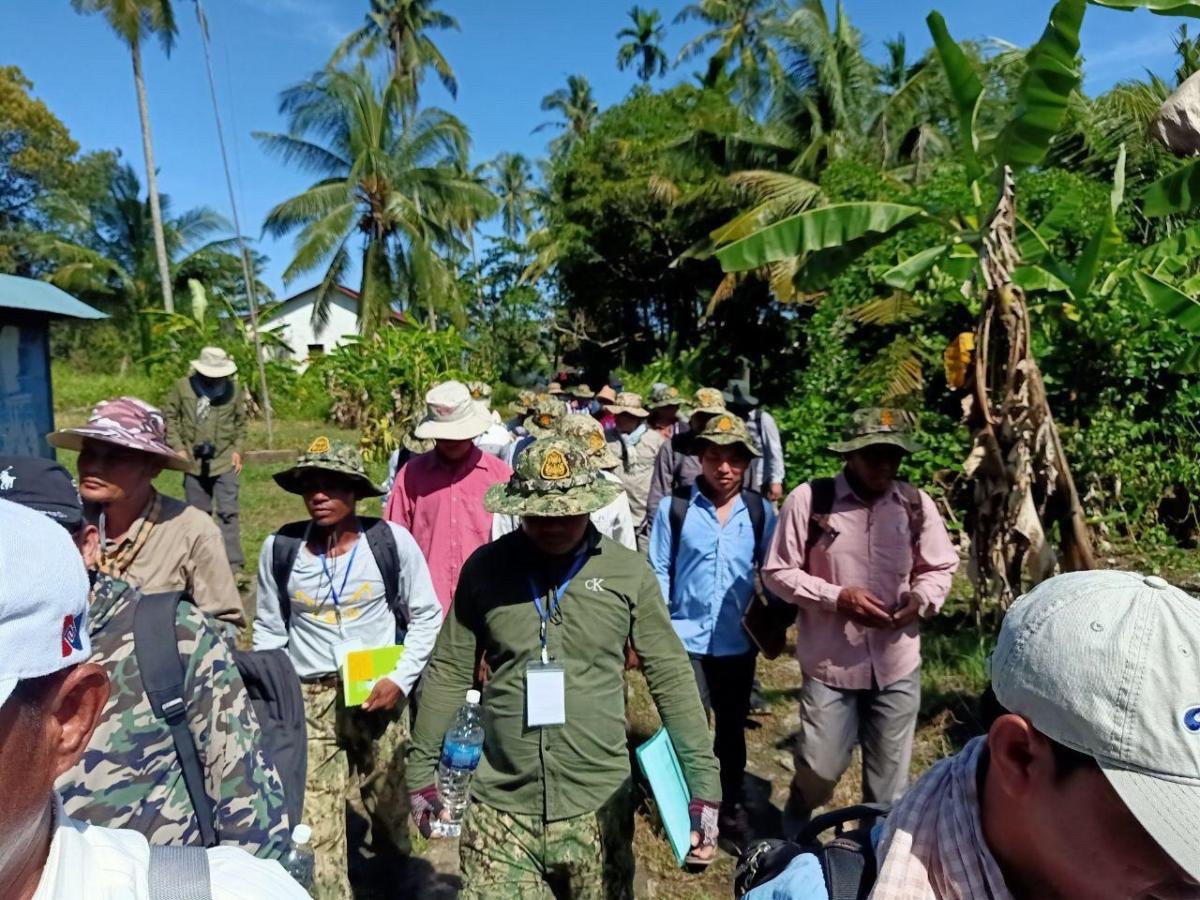Guardians of the Tonle Sap; Cambodian youth learn about importance of protecting the environment
In Peak Kantiel, a floating village in the Tonle Sap Biosphere Reserve, an outdoor education programme engages the village’s nearly 200 children. These children participate in indoor and outdoor classes, including bird watching, and learn about floating gardens and waste management practices.
The OSMOSE Environmental Education (EE) programme, which started in 2000 and offers daily environmental education classes and activities in Prek Toal and Peak Kantiel floating villages, was the first of its kind in the Tonle Sap area. Once fully-established, it reached over 1,000 children. Classes were especially adapted to the environment of the Tonle Sap Biosphere Reserve and the context of the residents, and were conducted by local educators.
The idea was to create the next generation of guardians of the Tonle Sap.
After a hiatus from 2012-2013, and with the support of the Critical Ecosystem Partnership Fund (CEPF) and IUCN, OSMOSE resumed its project in Peak Kantiel village in 2014.
Through an agreement with the department of Education, Youth and Sport in Battambang province, the classes have been officially integrated into the curricula of three public schools around the Prek Toal Ramsar site – Prek Toal, Anlong Taour and Peak Kantiel primary schools. This wider reach will mean a bigger impact and better project sustainability; currently, the project reaches and enriches the lives of over 200 children.
“I am very happy to take the environmental education class because I can play games with my friends and learn a lot about environmental issues,” says Savoeun Ve, a third-grader from Peak Kantiel Primary School. “Like, for example, how cutting down the flooded forest makes the fish population go down, which makes life difficult for my family and the whole village.”
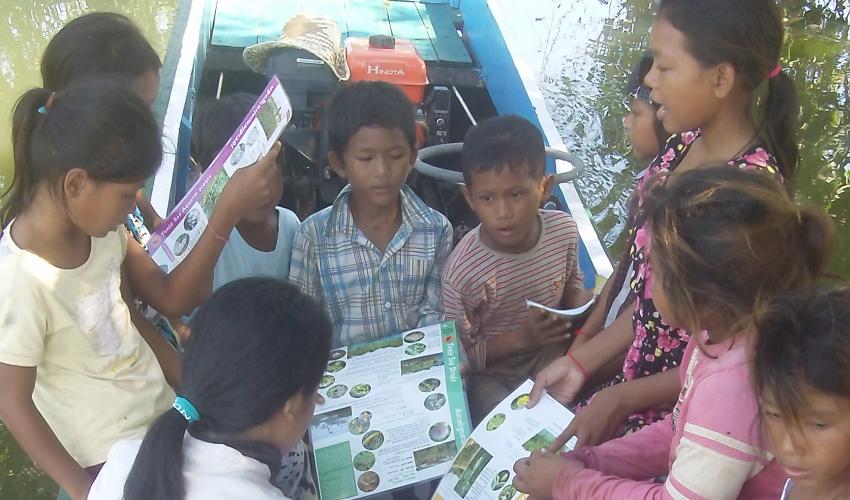 Photo: © OSMOSE
Photo: © OSMOSE
The village also currently lacks any solid waste management facilities, and residents often simply dispose of solid waste in the wetland, making this an EE priority.
“My son told me not to throw trash into the water and instead put it into the plastic bag that the teacher gave to him,” explains Rom Patt, the boat paddler for the EE project. “His teacher said that waste will make the water dirty, which will later make us sick when we use it.”
Rom is not alone: “I told my parents to put trash into the big plastic bag that the teacher gave me,” says fourth-grader Teang Seng. Rom reports that the children’s efforts to educate their parents have resulted in a visibly cleaner village.
Teav Chhun, a programme educator at Peak Kantiel, laments that the waste collected by the children must be burned by hand – a task made especially difficult during the monsoon season – as the village has no landfill or incinerator. But he notes that “the students are gaining a much better understanding of waste management,” which may lead to more sophisticated disposal methods in the future.
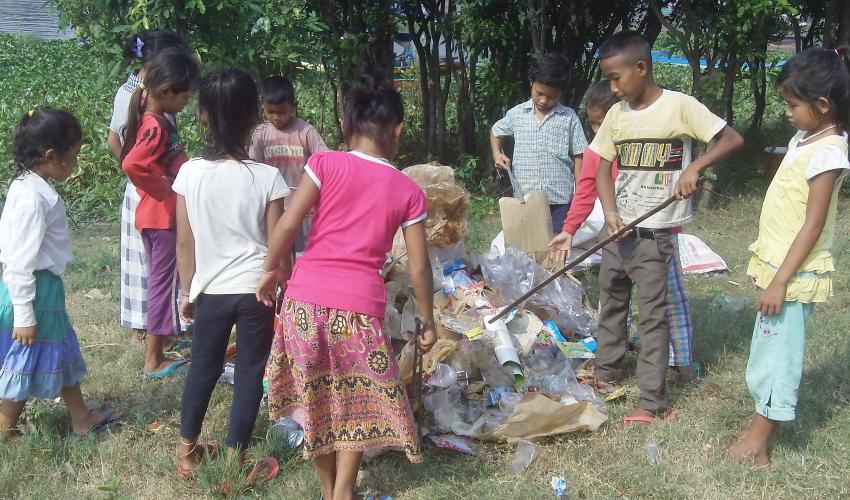 Photo: © OSMOSE
Photo: © OSMOSE
Besides the daily classes on wetland health and waste management, OSMOSE also organises activities for World Environment Day (WED). This annual event, held on 5 June, is among the most widely-celebrated global days for positive environmental action. For last year’s WED event, OSMOSE organised a waste collection activity; this year, they planted trees on the land-based part of Peak Kantiel village.
By bringing the students and the OSMOSE Environmental Education team together with the villages and local government, activities like these reinforce the village’s commitment to working together to protect the environment and its communities.
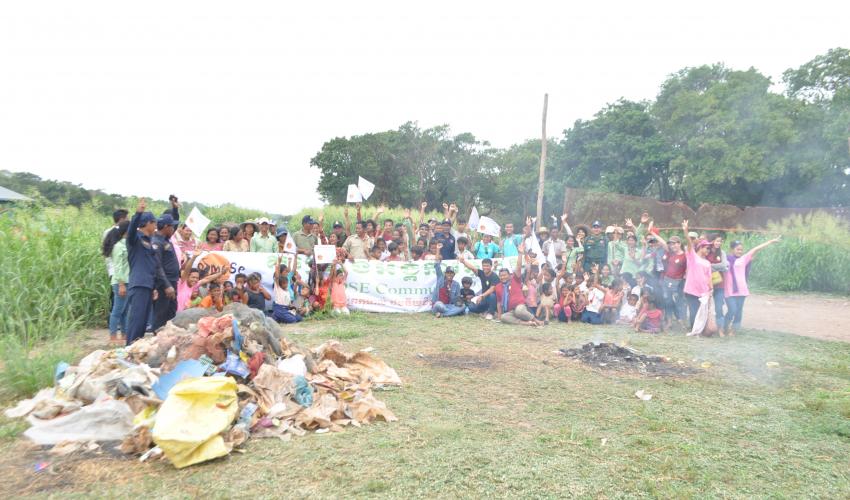 Photo: © OSMOSE
Photo: © OSMOSE
This story was contributed by Sovann Ke, Environmental Education and Ecotourism Manager for OSMOSE. Sovann drafted the piece following the IUCN Asia Strategic Communications for Conservation Workshop in Bangkok, Thailand, which took place in July.
Founded in 2000, the Critical Ecosystem Partnership Fund is a global leader in enabling civil society to participate in and benefit from conserving some of the world’s most critical ecosystems by providing grants for organisations to help protect biodiversity hotspots, Earth’s most biologically rich yet threatened areas. CEPF is a joint initiative of l'Agence Française de Développement, Conservation International (IUCN Member), the European Union, the Global Environment Facility, the Government of Japan (IUCN State Member), the MacArthur Foundation and the World Bank.
IUCN is leading the second phase of CEPF's work in the Indo-Burma hotspot, working together with the Myanmar Environment Rehabilitation-conservation Network (MERN) and Kadoorie Farm and Botanic Garden (KFBG) to form the CEPF Regional Implementation Team (RIT).
